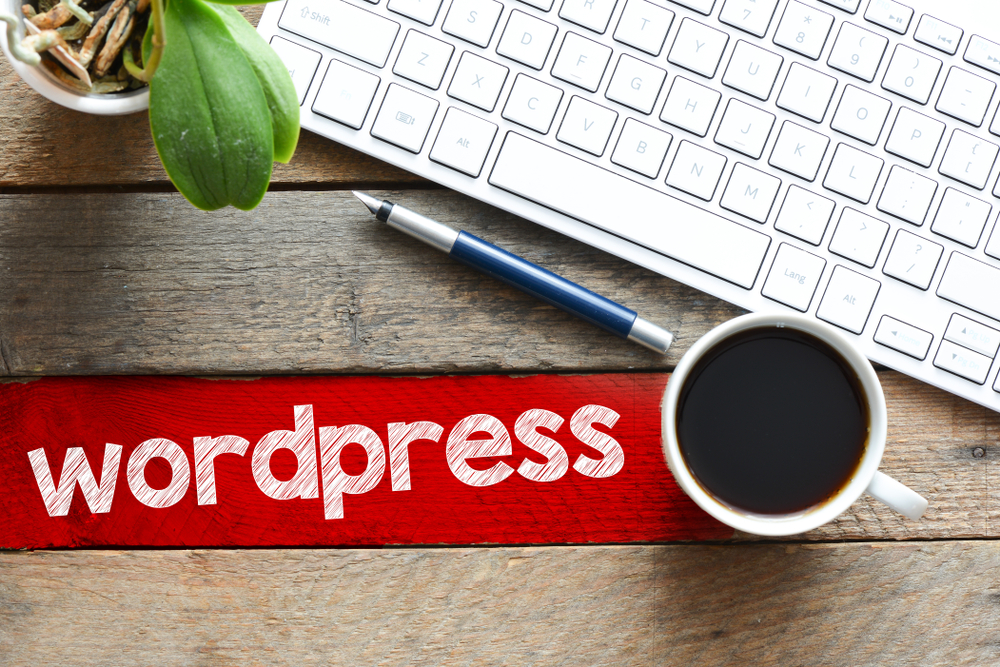
WordPress has become one of the most popular content management systems (CMS) for building and managing websites. Its user-friendly interface and vast array of customization options have made it the go-to platform for individuals, businesses, and even large organizations. Whether you're a beginner or an experienced user, there's always something new to learn about WordPress. In this article, we'll explore some effective tips and tricks to help you master WordPress (WP) and take your website to the next level.
1. Choose the Right ThemeThe first step in customizing your WordPress (or WP) website is selecting a suitable theme. There are thousands of free and premium themes available, each offering different layouts, designs, and functionalities. Before choosing a theme, consider your website's purpose, target audience, and desired features. Pay attention to factors like responsiveness, customization options, and compatibility with popular plugins. A well-chosen theme will lay the foundation for your website's design and functionality.
2. Customize Your Theme
Once you've selected a theme, it's time to customize it to match your brand and vision. WordPress provides an easy-to-use theme customizer that allows you to make changes to your theme's appearance, including colors, fonts, menus, and more. Experiment with different customization options to create a unique look and feel for your website. Consider adding a custom logo, changing the layout, or modifying the header and footer areas. With WordPress (the platform for bloggers) , the possibilities are endless.
3. Use Plugins Wisely
One of the biggest advantages of WordPress is its vast plugin directory. Plugins are extensions that add extra functionalities to your website, such as contact forms, SEO optimization, social media integration, and more. However, it's important to use plugins wisely to avoid overwhelming your website with unnecessary features. Too many plugins can slow down your site and may create compatibility issues. Carefully choose reputable plugins that are regularly updated and have good reviews. Regularly review and remove any unused plugins to keep your website running smoothly.
4. Optimize Your Website for Speed
Website loading speed is crucial for user experience and search engine rankings. WordPress (the blogging platform) offers several optimization techniques to improve your site's performance. Start by using a caching plugin to generate static HTML versions of your pages, reducing server load and loading times. Optimize your images by compressing them without compromising their quality. Minify CSS and JavaScript files to reduce file sizes. Consider using a content delivery network (CDN) to distribute your site's static files across multiple servers worldwide. By implementing these techniques, you can significantly enhance your website's speed and responsiveness.
5. Regularly Back Up Your Website
It's essential to regularly back up your WordPress website to safeguard against potential data loss or security breaches. Many hosting providers offer automated backup solutions, but you can also use plugins or manually create backups. Store your backups in secure off-site locations, such as cloud storage or external hard drives. Test your backups periodically to ensure they can be successfully restored if needed. By taking proactive measures to back up your website, you can minimize the impact of any unforeseen issues or accidents.
6. Frequently Asked Questions
Q1: Can I switch my WordPress theme later?A1: Yes, you can easily switch your WordPress theme at any time. However, keep in mind that changing themes may affect your site's appearance and functionality. It's recommended to preview a new theme before activating it and make necessary adjustments to maintain consistency.
Q2: How do I find compatible plugins for my theme?
A2: While most plugins are designed to be compatible with any theme, some may require specific functionalities or layouts. Check the plugin's documentation or reviews to ensure compatibility with your theme. Additionally, reaching out to the theme's support team can provide valuable insights.
Q3: Will too many plugins slow down my website?
A3: Yes, having too many plugins can impact your website's performance. Each plugin adds additional code and functionality, which can increase loading times. Stick to essential plugins and regularly evaluate and remove any unnecessary ones to maintain optimal site speed.
Q4: How often should I back up my WordPress website?
A4: It's recommended to back up your WordPress website on a regular basis, especially before making any major updates or modifications. Depending on your site's activity, weekly or monthly backups are generally sufficient. However, high-traffic or e-commerce websites may require more frequent backups.
Q5: Can I restore my website from a backup if something goes wrong?
A5: Yes, having a recent backup allows you to restore your website to a previous working state. Most backup solutions provide a restore option within their interface. Follow the instructions provided by your backup provider or plugin to successfully restore your site.
In conclusion, WordPress offers a powerful platform for creating and maintaining websites. By following the tips and tricks mentioned above, you can effectively customize and manage your WordPress site with ease. Remember to choose the right theme, customize it to match your brand, use plugins selectively, optimize your website for speed, and regularly back up your website for peace of mind. By mastering WordPress, you can create a visually stunning and highly functional website that leaves a lasting impression on your visitors.
Other useful resources
- https://en.wikipedia.org/wiki/WordPress
- https://en.wikipedia.org/wiki/Blog
- https://www.wordpress24plus.com/topics/wordpress-tips-and-tricks/
- https://www.wordpress24plus.com/wordpress-tools-directory/wordpress-themes/